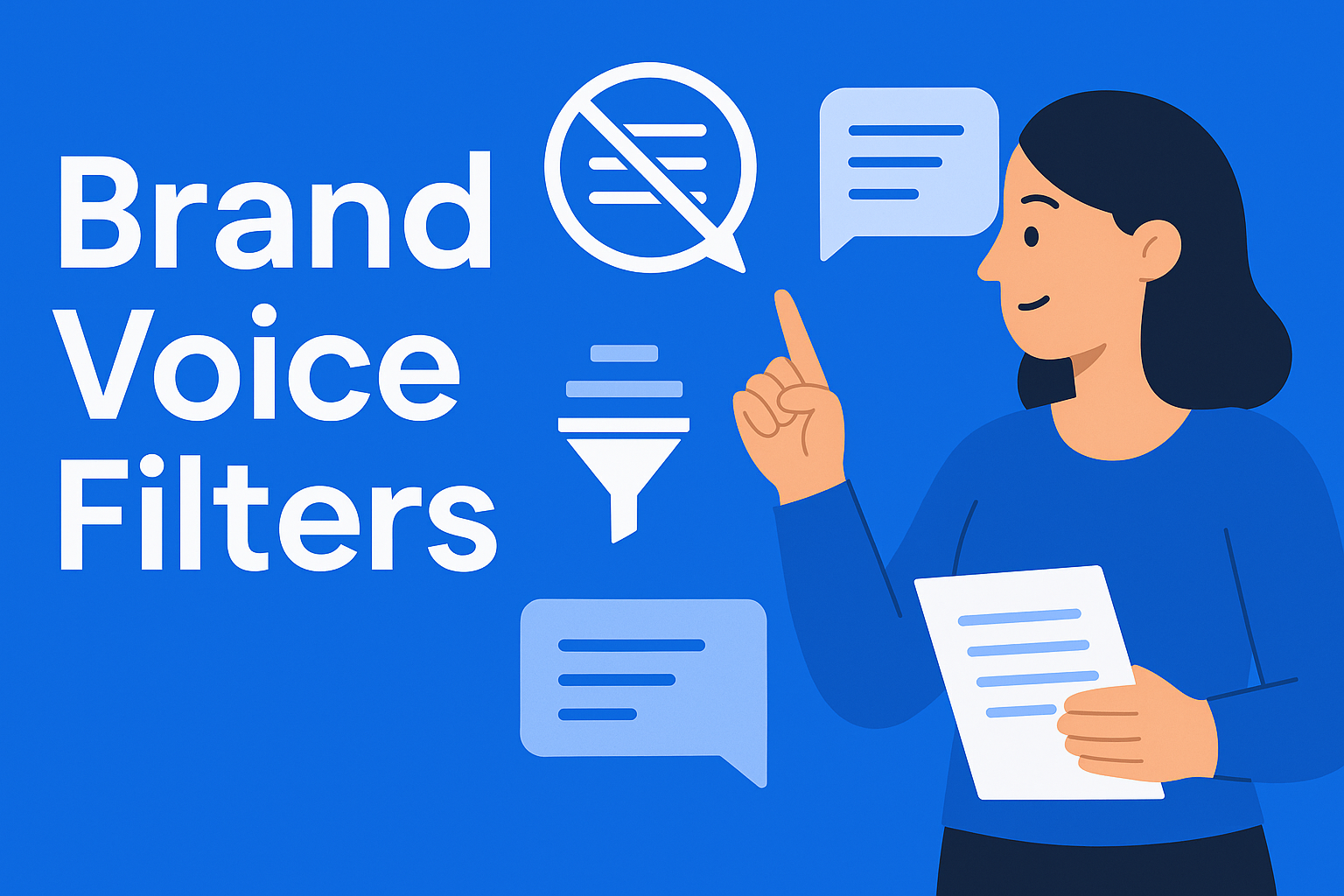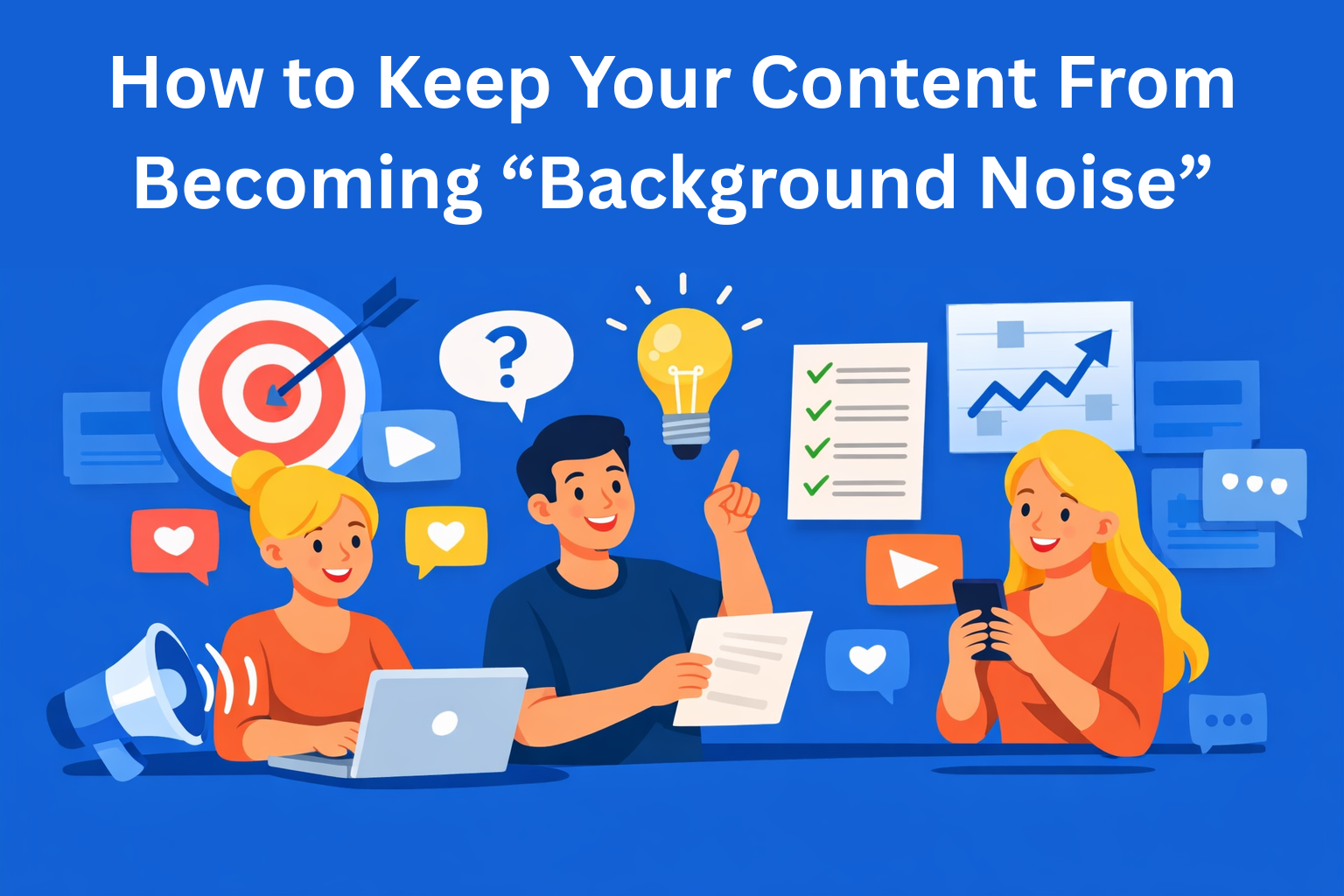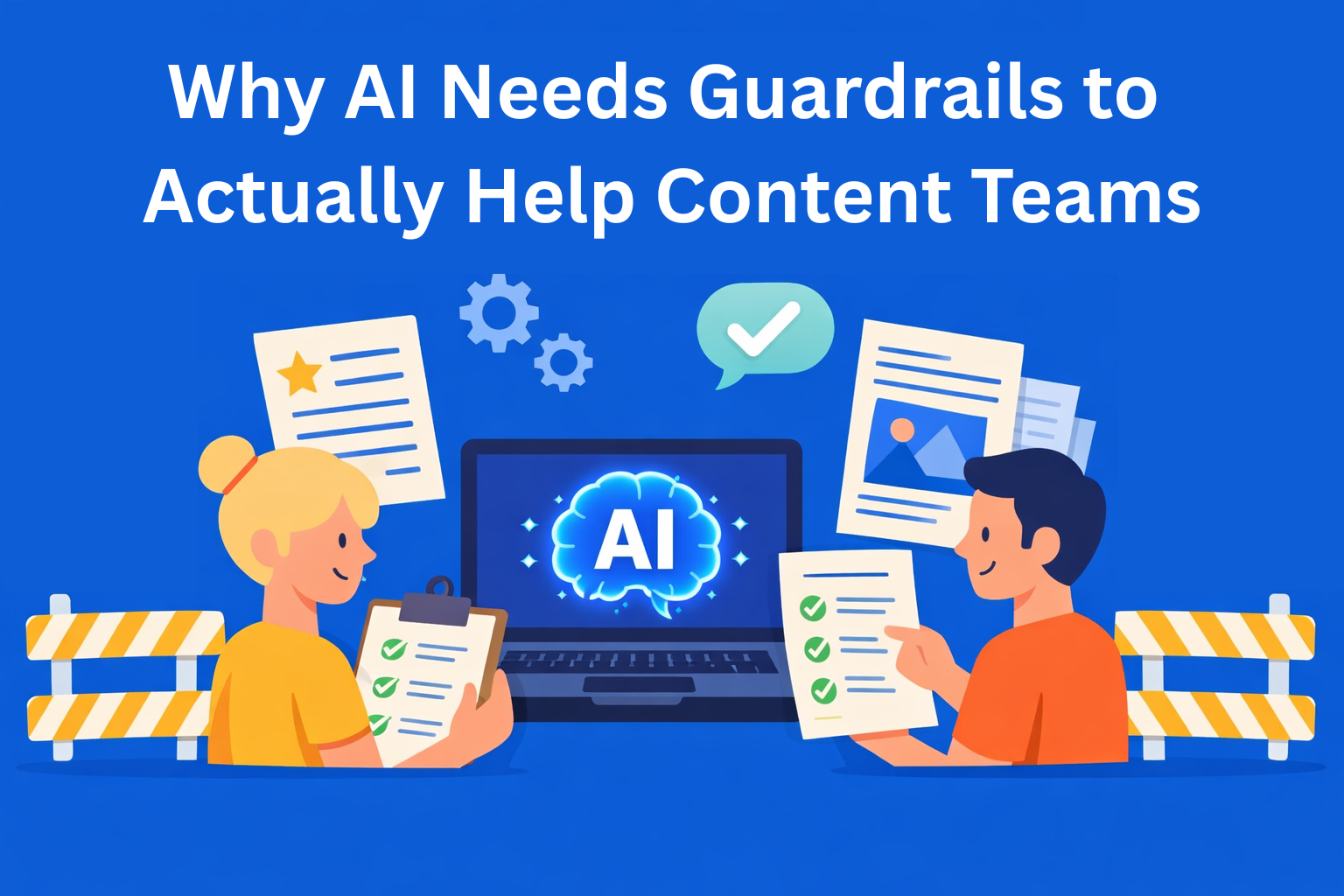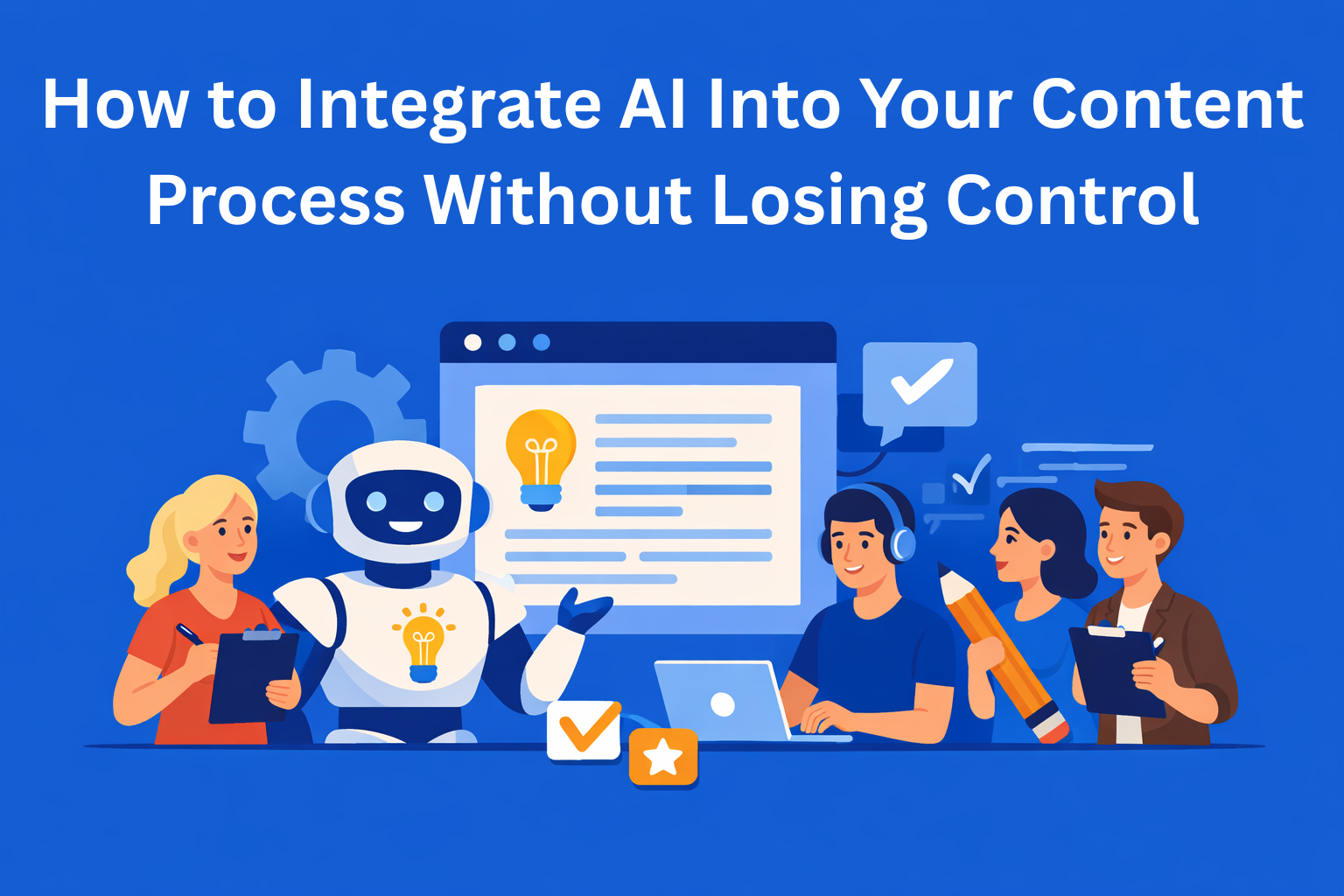Brand Voice Filters: Teaching AI What Not to Say
Brand voice filters help AI skip boring, generic phrases and write in your brand’s tone. Less editing, faster work, and content that sounds natural - just like you wrote it yourself.

If you’ve spent more than ten minutes editing AI-generated content, you’ve probably noticed those same overly formal, generic phrases popping up again and again.
“In today’s fast-paced world…”
“Unlock the potential of…”
“Cutting-edge solutions…”
Sure, they’re grammatically fine. But they’re lifeless. They sound nothing like your brand. And they eat up valuable editing time.
What if you could train AI not to use them in the first place?
That’s where brand voice filters come in.
Key Takeaways
- Brand voice training isn’t just about what to say - it’s equally about teaching AI what not to say.
- Banned phrases lists prevent repetitive corporate jargon and generic buzzwords before they appear in drafts.
- Embedding brand voice filters into prompts and templates saves time, keeps tone consistent, and speeds up review cycles.
- Filters go beyond words - they can shape tone, sentence length, and structural choices for more natural output.
- Regularly update your filters to reflect evolving brand voice, campaigns, and audience preferences.
Why “Teaching AI What Not to Say” Matters
Most teams think of brand voice training for AI as telling it what to do:
- Use conversational language.
- Keep sentences short.
- Address the reader directly.
That’s important, but equally important is teaching AI what to avoid.
Because while prompts can tell AI how to write, it still defaults to safe, generic phrasing unless you tell it otherwise. This is why so much AI-generated copy sounds like a corporate press release.
The fix? Treat “don’ts” as seriously as “do’s.”
The Time-Saving Power of Brand Voice Filters
Every time you edit an AI draft, you’re spending time replacing the same phrases. That time adds up fast, especially for content teams producing at scale.
By adding brand voice filters into your AI prompts or content templates, you can:
- Reduce repetitive editing tasks
- Keep tone consistent across multiple writers and editors
- Speed up review cycles
- Cut down the risk of robotic-sounding content slipping through
Instead of fixing the same thing 20 times a week, you can set rules that prevent it from happening in the first place.
How to Implement Brand Voice Filters
Teaching AI what not to say isn’t complicated and it works best when you’re intentional about it. Here’s how to do it right.
1. Audit Past Content
Start by looking at recent AI-assisted drafts. Highlight every phrase that sounds off-brand or overly generic.
Examples:“In today’s digital landscape”“Leverage innovative solutions”“Harness the power of”“It goes without saying”
You’re building your “banned phrases” list the same way a style guide includes terms your brand never uses.
2. Document Your Banned Phrases
Don’t rely on memory. Put them into a shared document.
If you’re using EasyContent, you can store these inside content templates so they’re visible while drafting. That way, whether it’s an in-house writer or a freelancer, they’ll know up front which words and phrases are off-limits.
3. Train AI in the Prompt
Once you have your banned phrases list, start adding it to your AI prompts.
Example:
"Write in a conversational tone. Avoid overly formal phrases like ‘in today’s fast-paced world,’ ‘unlock the potential of,’ or ‘harness the power of.’ Never use corporate jargon or generic buzzwords."
You’ll be surprised how quickly AI adapts when you give it clear red lines.
4. Make It Part of Your Review Process
Even with brand voice filters, you still need human review. But instead of scanning for everything, you can focus on new issues instead of the same old AI-isms.
This is where workflow tools matter. In EasyContent, for example, you can assign a specific editor step where the reviewer’s job is to check for brand voice compliance - including verifying none of the banned phrases slipped through.
Beyond Words: Tone, Structure, and Flow
Brand voice filters aren’t just about specific phrases - they can also shape tone and structure.
For example, you might tell AI:
- Avoid long, multi-clause sentences
- Don’t define basic industry terms your audience already knows
- Skip clichés like “content is king” or “think outside the box”
- Use contractions for a casual tone
The more specific you are, the less cleanup you’ll need later.
Example: Before and After Using a Brand Voice Filter
Without brand voice filter:
“In today’s digital landscape, businesses must harness the power of data-driven strategies to stay ahead of the competition.”
With brand voice filter:
“Data isn’t optional anymore - it’s what keeps you competitive.”
The difference?
One sounds like a press release. The other sounds like something your audience might actually say.
When to Update Your Brand Voice Filters
Your brand voice isn’t static. It shifts with campaigns, audiences, and even industry trends. That means your banned phrases list should evolve too.
Schedule a quarterly review where you:
- Remove phrases that no longer feel overused
- Add new AI habits you’ve noticed
- Adjust tone guidelines based on audience feedback
If you’re storing this in a centralized platform like EasyContent, you can have dedicated documentation in one place.
Making AI Work for Your Brand, Not Against It
AI is a powerful tool for scaling content production, but only if it’s working in your voice, for your audience. Without guardrails, you risk flooding your channels with copy that’s technically correct but emotionally flat.
Brand voice filters give you those guardrails. They teach AI the same way you’d train a new writer - not just with what to do, but what not to do.
The payoff?
Faster reviews, more consistent tone, and fewer “robot-sounding” sentences making it to publish.
Final Thoughts
Editing AI drafts will always be part of the process. But the less you have to strip out generic language, the more time you can spend improving substance, flow, and creativity.
By building brand voice filters (and keeping them updated) you can turn AI from a generic content machine into a brand-aligned creative partner.
It’s the difference between editing for tone and editing for typos. And for busy content managers, that’s not just a time-saver - it’s a sanity-saver.






